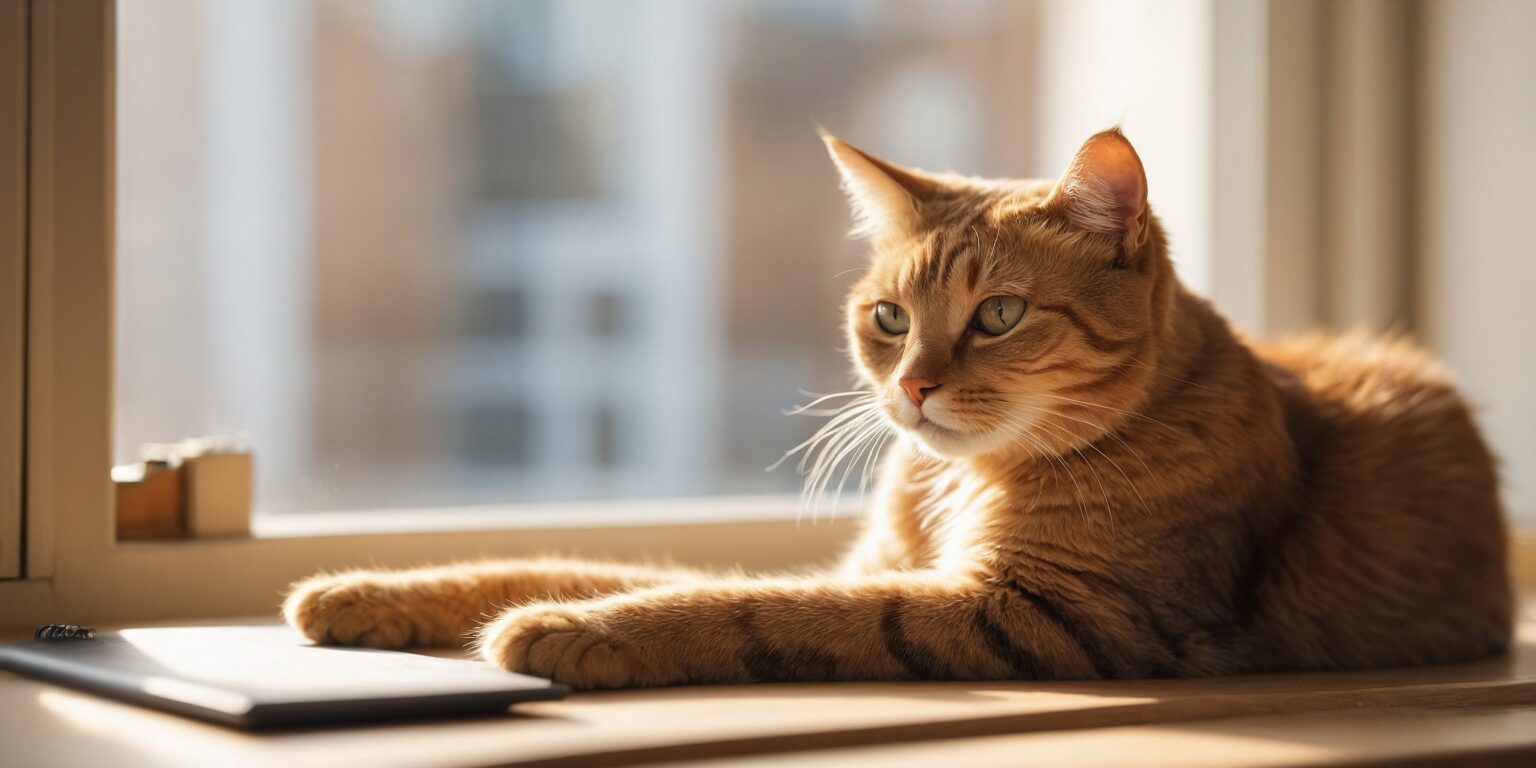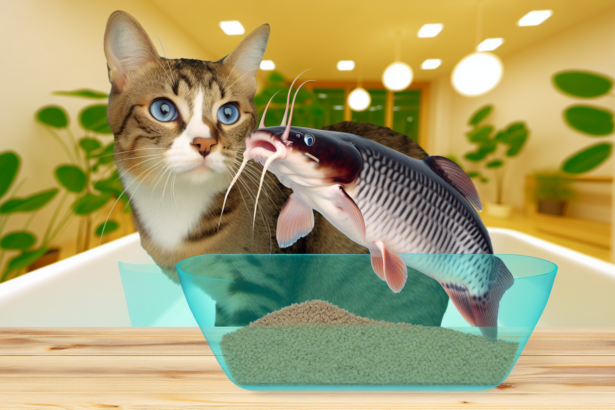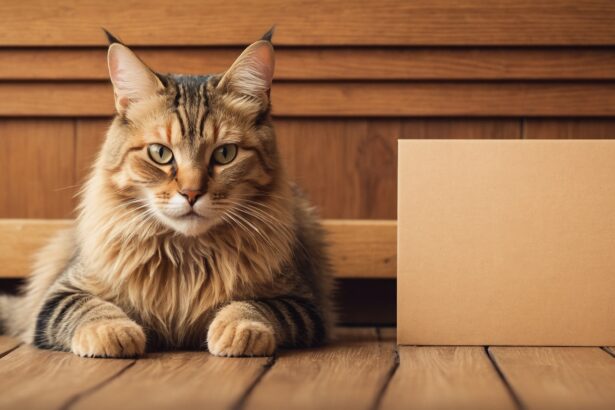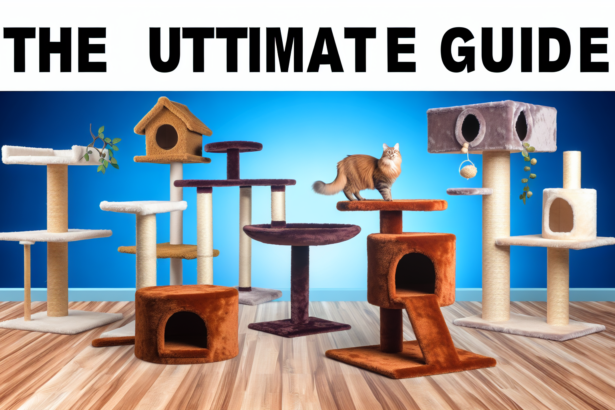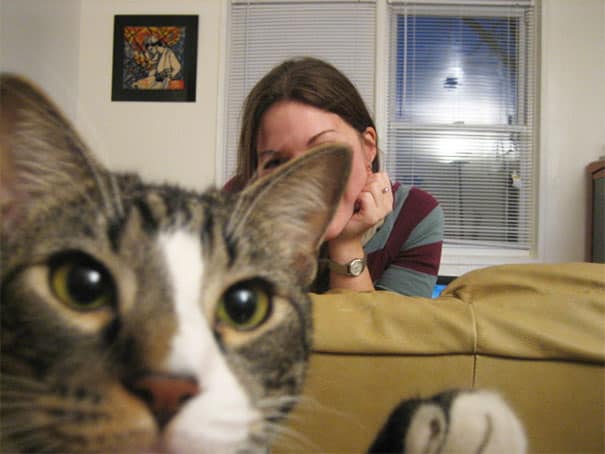Your cat spots a pen, taps it with a paw, then sends it sailing off the edge. Drama? Not at all. This tiny “push-off” ritual is packed with meaning. Let’s decode why cats drop things—and how to gently redirect the habit without dampening their curious spirit.
Natural instinct: the hunter in your living room
Prey practice, minus the mouse
Under the fluff and purrs lives a skilled predator. Pushing, batting and dropping objects mimics catching and finishing off prey. It’s a safe way for your cat to train those lightning-fast paws and eye–paw coordination.
Notice the routine—stare, tap, bat, drop? That sequence isn’t random; it’s a hunting pattern your feline is hardwired to perfect.
- Fun fact: Cats have whiskers on their front legs (carpal whiskers). These help them sense movement close up—handy for both hunting and “object experiments.”
Many cats also knead and paw before a nap or play session. Curious about that cozy ritual? See why cats knead and paw at blankets.
Control, confidence and curiosity
Dropping things isn’t “naughty”; it’s information gathering. Your cat learns how objects behave and where they land. That sense of control—“I do this, then that happens”—builds confidence and reduces stress.
If certain objects make sounds or bounce in satisfying ways, expect repeats. Your cat is collecting data!
Curiosity and learning: a tiny physics lab
Cause–effect never gets old
Watching something fall is rewarding—movement, sound and a result they commanded. For a sharp mind, that’s enrichment in action.
- Tap tests: “Does it roll? Bounce? Rattle?”
- Gravity checks: “What falls fast? What gets stuck?”
- Texture trials: “Glass, wood, silicone—what slides best?”
Want a deeper dive into feline behavior? This overview of cat behavior explains key instincts behind everyday antics.
You might also notice “pre-cleaning” moves around bowls or floors after eating. If that intrigues you, here’s why some cats scratch the floor in the first place.
Attention-seeking: a message just for you
When your cat wants you, you’ll know
Objects often fall when you’re busy. That timing is hardly accidental. Your cat may be asking for play, touch or simple eye contact. Think of it as, “Hey, I’m here—join me?”
- Try this routine: Schedule two 5-minute play bursts (morning and evening) with a wand toy. Short, consistent sessions can reduce attention-motivated “push-offs.”
- Watch the timing: If the behavior happens right before meals, it might be “I’m hungry”—not mischief.
Nighttime is a hotspot for cat-to-human communication. If the late-hour vocal solos are back, here’s why some cats meow at night and what to do.
Needs behind the nudge
Check the basics: full water bowl, clean litter, a comfy warm spot, and a few toys out and ready. Satisfied needs often mean fewer “reminders.”
If this behavior appears suddenly or escalates, rule out pain, vision changes or stress with your vet.
Territory, boredom and the need to “do”
My space, my rules
Some cats push unfamiliar items—or even your favorite pen—off “their” ledge. It’s a neat way to tidy a claimed zone. Drama queen? More like tidy queen.
Others simply need something to do. A bored cat will invent activities, and “cat gravity experiments” are instantly rewarding.
- Offer vertical spaces: shelves, window perches, a tall tree.
- Rotate toys weekly: keep novelty alive with a hidden “toy library.”
- Serve food with a job: puzzle feeders turn meals into missions.
And if a contented rumble follows your upgrades, that’s a win. Here’s why cats purr in different situations.
Gentle ways to redirect the drop-it habit
Simple, kind, effective
- Create a “push-approved” tray: Place a shallow silicone tray on a low shelf with safe items (felt balls, corks, soft rings). Your cat can bat to their heart’s content—without clatters or breakage.
- Use non-slip surfaces: Add thin silicone pads under remotes and pen cups. Objects that don’t slide are less fun to test.
- Offer motion-rich toys: Wand toys, kickers, ping-pong balls in a dry bathtub, and track toys scratch that action–reaction itch.
- Reward the right moments: Praise and treat when your cat investigates the “push-approved” tray instead of your desk.
Common mistakes to avoid
- Don’t punish: Scolding or squirting water can create anxiety and damage trust. It often makes attention-seeking worse.
- Don’t reinforce by accident: Laughing, talking or feeding right after a “push-off” can teach your cat that dropping works.
- Don’t leave tempting edges: Fragile or wobbly items near table edges are invitations. Store valuables in drawers or weighted organizers.
Pro tip you’ll love
Set up a “gravity corner”: a low shelf with a small cardboard ledge, a soft landing mat underneath, and three light, safe objects. Refresh one item every few days. It channels curiosity, protects your things, and gives your cat a satisfying place to “be a cat.”
When to get extra help
Trust your gut
If the behavior is new, intense, or paired with changes like hiding, appetite shifts or agitation, speak with your vet. Stress, pain or sensory changes can sit behind sudden “chaos.”
For persistent attention-seeking, a feline behaviorist can tailor an enrichment plan to your home and routine.
Conclusion
Cats don’t drop things to be difficult—they’re hunting, learning, communicating or coping with boredom. With small adjustments, you can protect your treasures and nourish your cat’s clever mind. Gentle boundaries, daily play and smart setups turn “Oh no!” into “We’ve got this.”
FAQ
Why does my cat drop things when I’m working?
It often wins your attention fast. Try brief, scheduled play sessions and a “push-approved” tray so they have a satisfying alternative.
Is my cat being naughty or anxious?
Usually neither. It’s instinct and curiosity. If the behavior is sudden or intense, check for stressors or health changes with your vet.
How can I protect fragile items without scolding?
Use non-slip pads, keep edges clear, store valuables, and reward play on safe setups. Punishment can backfire and raise stress.
Will more playtime really help?
Yes. Short, daily play that mimics prey (chase, pounce, “catch”) reduces boredom and attention-seeking while supporting emotional balance.


